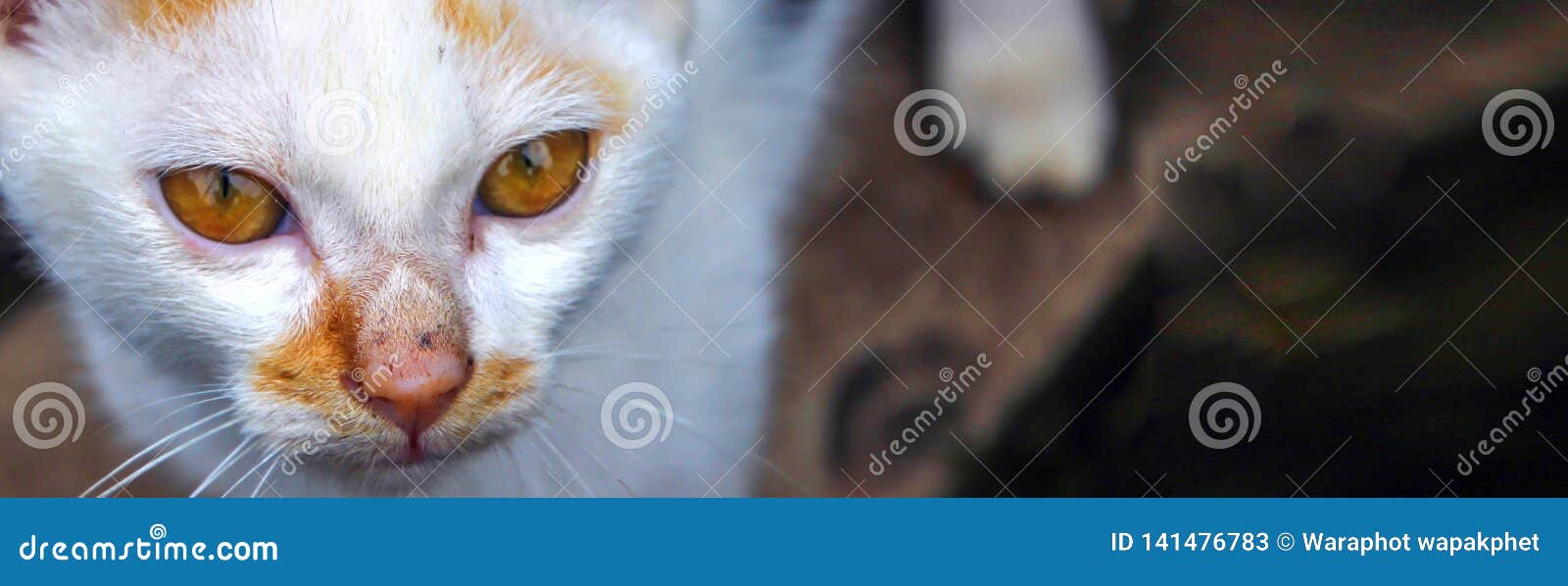

Because smell is essential to appetite, many affected cats have a poor appetite and lose weight. It may also be red-tinged (fresh blood) or brown (older blood). The nasal discharge tends to be thick and often yellow. When clinical signs of upper respiratory tract inflammation, such as sneezing or nasal and eye discharge, persist over weeks or months or when they tend to recur at intervals of a few weeks, the condition is referred to as chronic upper respiratory tract disease.Ī runny or stuffed-up nose is the most common clinical sign in cats with chronic upper respiratory infections. What are the signs of a chronic upper respiratory infection? Because of this anatomical connection, the conjunctivae are often grouped as part of the upper respiratory tract and may be affected by upper respiratory disease. Tears drain from the eyes through a lacrimal duct, which drains into the back of the nose and throat. The eyes and inner surfaces of the eyelids are covered by conjunctiva, a membranous tissue similar to the respiratory mucous membranes (for more information, see the handout "Conjunctivitis in Cats").

The surface of the respiratory tract is lined with a mucous membrane, a layer containing specialized cells that secrete a protective mucus coating onto the tissue surface. These brushes allow you to groom your kitty just like a mama cat.The upper respiratory tract includes the nose, throat (pharynx and larynx), and trachea (windpipe). You can also try bonding with your cat with a LICKI brush. So while they might ignore your voice, or sometimes your presence in general, they will respond to your eyes. If they blink back, it means they trust you. Still having trouble reading cat eyes? Meaning can be communicated with a simple blink! While humans and cats can’t communicate using our faces, we can communicate through our eyes. If you can see more than a sliver of the third eyelid this can be an indication that your cat is dehydrated or ill and may need to see the vet. It is usually no more visible than a small white or pink sliver in the inner corner of the cat’s eyes. A dominant cat will stare into his opponent’s eyes, while a more submissive cat will look away from the dominant cat ’s eyes, meaning they are choosing not to challenge the dominant cat’s authority.Īnother fun fact: Cats also have a third eyelid that is scientifically called the “nictitating membrane.” If necessary, this third eyelid can cover and protect the whole eye. Also, they’re probably about to fall asleep.įun fact: Cats also use their eyes to establish the pecking order. If a cat looks like they’re about to fall asleep, they’re relaxed and they trust you. Squinted or half-closed eyes are a sign of affection, relaxation and trust. If your cat’s eyes are big and round and their pupils are the size of pinpricks, it means they are preparing to attack a perceived threat.

Constricted pupils can indicate your cat is agitated or angry. One of the most important facts about cats’ eyes to learn is this pose. It is not unusual for a cat’s pupils to fully dilate when they are really excited. It can also be a display of surprise or fear, depending on the situation.
#CAT EYEBALLS HOW TO#
Here’s how to read the meaning of your cat’s eyes : Dilated Pupilsĭilated (large) pupils are another source of understanding the meaning of cats’ mysterious eyes, and often indicate an excited cat. Want to know what your cat is thinking? Zero in on their eyes, specifically their pupils. So while we can’t read their faces, they can’t read ours, either. It is theorized that cats have a small capacity for facial recognition, meaning they don’t really read our expressions. Call a cat’s name and they look at you as if to say, “Ugh, what do you want?” They aren’t really thinking this (we hope) - it’s just that their faces don’t demonstrate emotion. Call a dog’s name and up go their eyebrows. Like humans, dogs use eyebrows as a communication device. That makes it a lot harder to tell the meaning behind your cat’s eyes. Cats do not have expressive faces like dogs, and it all comes down to the fact that they don’t have eyebrows.


 0 kommentar(er)
0 kommentar(er)
